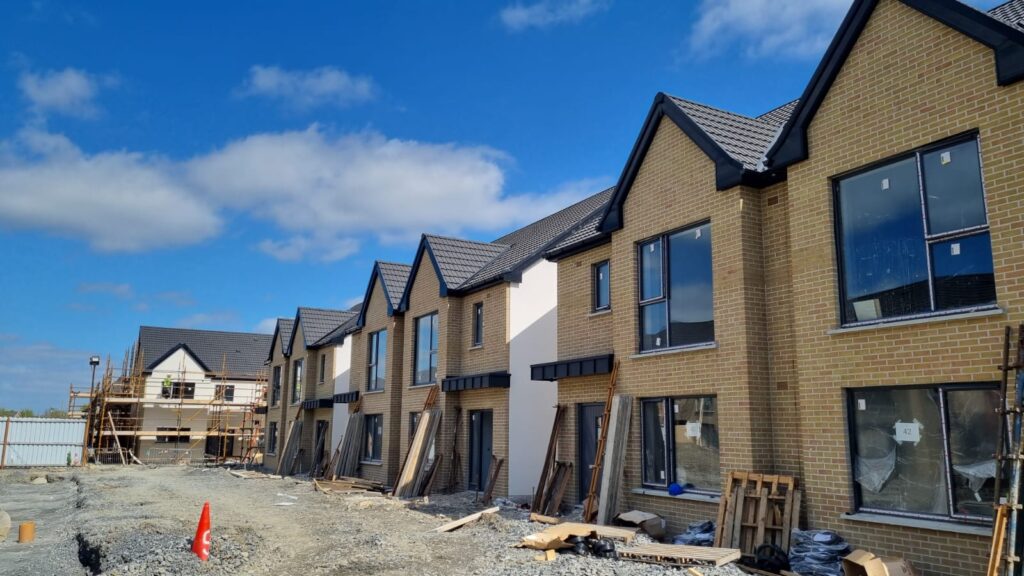Where are the opportunities for homebuilders amid record construction growth in Ireland?

As Ireland witnesses a record surge in home construction, the most recent ‘Housing for All’ quarterly update points to a significant opportunity for homebuilders across the country.
Our new Taoiseach Simon Harris and Housing Minister Darragh O’Brien, during the latest briefing at Government Buildings, outlined several measures that have been catalysts in boosting homebuilding activities over the past few months, most notably the extension of the waiver for local authority Section 48 development contributions until the end of this year. This, coupled with the refunding of Uisce Éireann water and wastewater connection charges until the beginning of October, has offered some relief to the ongoing challenging commercial reality of delivery homes on the ground. We know this from our home builder clients right across Ireland and, as a non-bank lender, we are acutely aware of these ourselves. These measures are designed to mitigate the soaring costs associated with building materials, which Minister O’Brien confirms have “without question, led to a surge in homebuilding.” Good. We need our policy makers to draw a straight line between the right policy moves, and activity on the ground that leads to increased delivery of critical new homes. We need more of this.
During the first quarter of 2024 alone, Ireland has seen a 60 percent increase in new home commencements compared to the same period last year, with nearly 12,000 new homes underway. This unprecedented growth not only demonstrates the effectiveness of the government’s strategies, it also highlights the increasing opportunities for builders and developers.
The government’s ongoing commitment to a range of housing options and supportive interventions like the First Home Scheme and the Help to Buy scheme remain critical. At the National Construction Summit last week, the Housing Minister indicated that these schemes would remain in place for a period of five years (which is ambitious, looking at the likely political year ahead). In any event, these initiatives make it easier for first-time homebuyers to get a mortgage, making new homes more accessible and boosting the market demand for new builds.
However, challenges persist, particularly in matching the pace of social housing construction with set targets. Although the target for social homes in 2023 was narrowly missed, the substantial increase in the construction of social homes – from 5,400 two years ago to approximately 8,100 last year – signals a significant, albeit partial, success. Most importantly, with around 26,000 social homes currently in the pipeline, the outlook for homebuilders focusing on this sector appears robust. Regional viability and end-consumer affordability requires further work and delivery-focused policies.
Ian Lawlor
086 3625482
Managing Director
Lotus Investment Group
